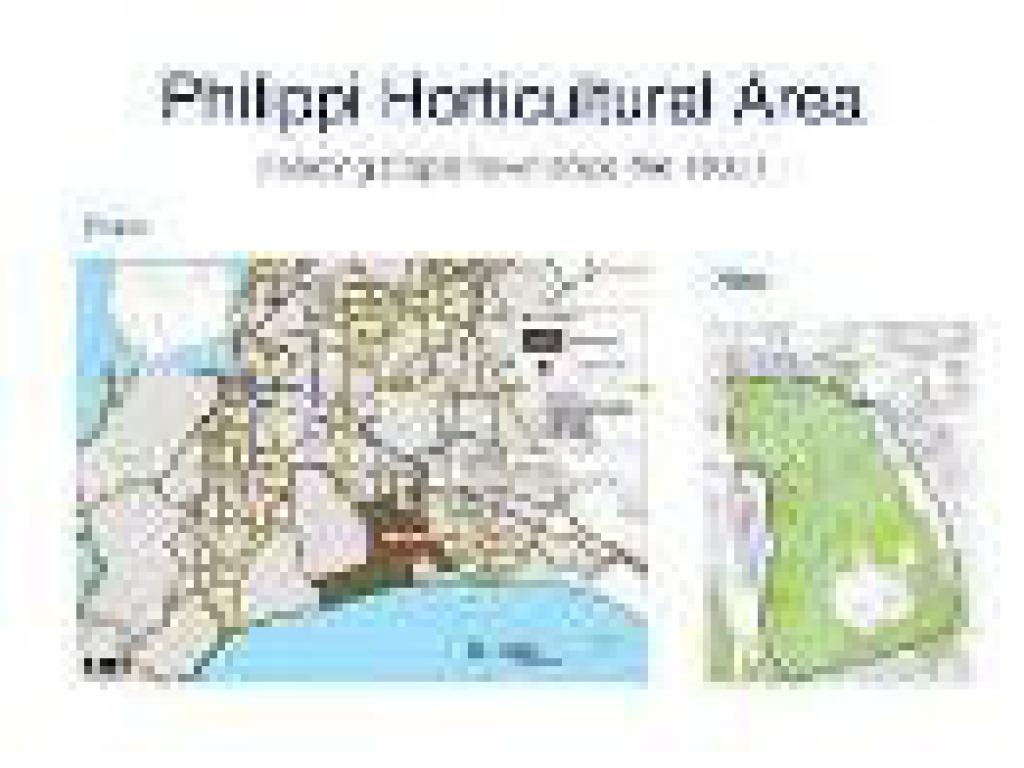Building the City of Cape Town’s Resilience and Adding to Regional Competitiveness: Philippi Horticultural Area: Socio-Economic Agricultural Plan, 23rd April 2018

The Western Cape Department of Agriculture has released Building the City of Cape Town’s Resilience and Adding to Regional Competitiveness: Philippi Horticultural Area: Socio-Economic Agricultural Plan, 23rd April 2018. "The study was initiated in response to growing stakeholder concern about the lack of policy certainty regarding land use and the protected area status of the PHA. The tender for the study was awarded to Indego Consulting, which led a consortium of specialist firms and individuals.The Indego team was required to review the significance of the PHA in terms of agricultural production, the natural environment and its broader socio-economic role and contribution. The study was located within the context of the negative impact of climate change and severe drought on agricultural production within the Western Cape.
The remaining “core” of the PHA constitutes about 1 884 hectares of agricultural land within the Cape Flats District of the City of Cape Town (CCT). The “greater” PHA area, comprising 3168.65ha, includes a broad range of both formal and informal land uses, including residential and industrial, creating so-called “buffer areas” around the core PHA. There are nine informal settlements within the “greater” PHA area, with only one located within the “core”.
In the past, a broadly-held and long-established policy consensus was in place that the greater PHA is unique and should be retained for horticulture, sand mining and silica sand mining. However, since 1988 a sequence of planning decisions has led to a reduction in the core PHA footprint. In recent years, the policy certainty around the land uses of the PHA has been further eroded by:
• inadequate policing of zoning scheme regulations, resulting in an intrusion of non-conforming land uses in areas on the fringe of the PHA;
• precedent-setting land development applications in the southern quadrants of the PHA; and,
• amendments to the City of Cape Town’s SDF and urban edge in 2011 and 2014."
